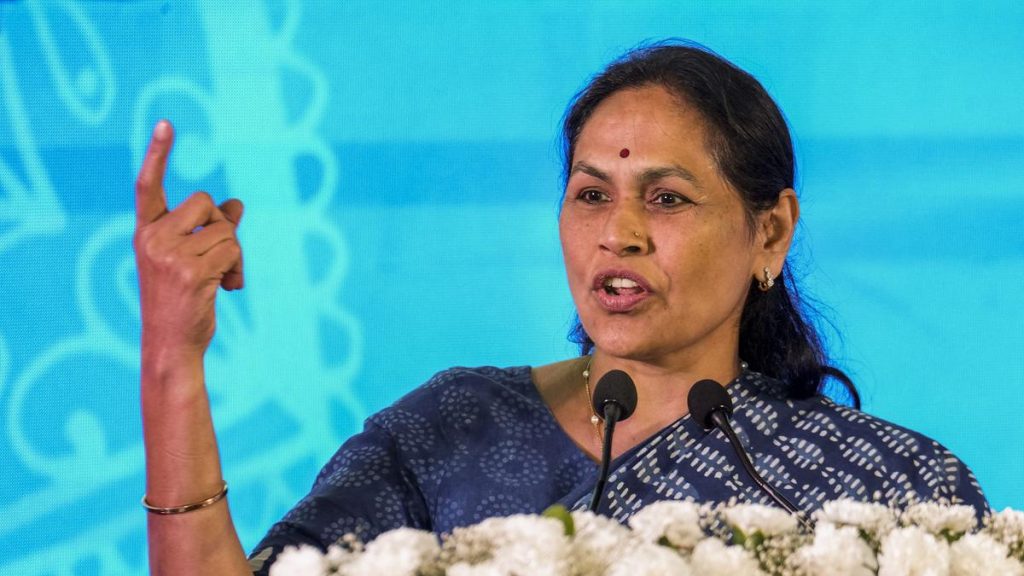Now Reading: 10 Scientific Predictions on Future Human Evolution
-
01
10 Scientific Predictions on Future Human Evolution
10 Scientific Predictions on Future Human Evolution

Rapid Summary
- human evolution continues under new pressures from technology, climate, medicine, and global lifestyles.Scientists are exploring hypotheses for future changes.
- Smaller Brains: Our dependence on AI and technology could eventually lead to reduced brain size and metabolic efficiency without compromising intelligence.
- Stronger Immunity: Respiratory viruses like COVID-19 act as evolutionary filters, prompting the spread of resilient immune-related gene variants over time.
- Decline in Wisdom Teeth: Vestigial traits like wisdom teeth are increasingly disappearing due to dietary changes and reduced jaw sizes.
- Global Lactose Tolerance: societal shifts towards dairy consumption might make lactase persistence more common worldwide via genetic selection pressures over generations.
- Near-Sightedness Prevalence: myopia rates have surged due to behavioral factors like increased screen use and less outdoor activity; it may become genetically normalized in knowledge-driven societies.
- Altitude adaptations Spreading: Traits enabling survival at higher altitudes may extend globally as populations migrate into urban areas located at elevation extremes.
- Reproductive Changes: Technologies like IVF alter natural evolution by facilitating later reproduction or helping infertile individuals pass on their genes.
- Air Pollution Resistance: genes influencing resilience to pollutants might gain evolutionary prominence as air quality worsens in urban centers globally.
- shifts in Skin Color Evolution: Modern life reduces conventional pressures favoring lighter skin at high latitudes; melanin-rich pigmentation might dominate globally through functional advantages.
- Humans Merging with Technology: Technological integration such as wearable devices and brain-machine interfaces could define future “technologically adapted” humans.
Indian Opinion Analysis
The scientific examination into human evolution provides fascinating insights relevant not only for research but potentially for socio-economic planning around modern challenges faced by countries like India. Several trends highlighted-like adaptation to air pollution or nearsightedness prevalence-could be highly applicable given India’s rapid urbanization, widespread visibility of pollution concerns (e.g., Delhi’s AQI levels), and education patterns fostering heavy dependency on screens.
Additionally, cultural practices altering diet preferences are pivotal; growing dairy consumption in India may contribute further alignment toward global lactose tolerance trends among its population over time.From a technological lens-as Indians increasingly adopt smartphones, wearables, or even experiments with tech-enhanced health solutions-India remains poised either actively involved discussions influencing reshaping phases extensions.vstack within transhuman evolution societal-array bridges domestically meaning .
For Read more : ListVerse Full Article























